Field Report V: Halo Infinite Two and a Half Years In
By gamer_152 1 Comments

There's this boilerplate paragraph I sometimes post at the top of my blogs when they discuss sensitive topics or contain spoilers. I feel like I should write a template I can paste at the top of every Halo Infinite article to tell you the game's technical quality is still unprofessional and that it couldn't appropriately match players if its life depended on it. It's always true, and its life does depend on it.
Rank and File

Between January and July, Infinite lost ~50% of its Steam players, bringing the population size down to just 2% of what it was at its peak. On the Xbox, the shooter is currently the 34th most active game in the US, whereas, in the UK, it doesn't even appear in the top 50, and 50 is where Microsoft stops counting. I'm based in the UK, and that figure aligns with the ghost town of a multiplayer I'm used to walking into. In a surfeit of matches, about one to a half of the players will be versed adepts. If you're not one of them, you feel like the real match is being played by a few experts, and everyone else is just along for the ride. You'll get swatted like a fly for attempting to move up the map, and no weapon tuning or hypothetical new gadgets could improve the combat. A balanced weapon wielded against the wrong opponent still gives you imbalanced duels, and shiny new toys are no fun if you can't use them to bag 'em and tag 'em. If you are one of the juggernauts on the battlefield, you've got another concern: you can finish a Slayer 7 kills up or a CTF with two flag captures and still lose. Whether you're on the top or the bottom, Infinite can't scale your reward to your effort.
It sucks to compete in social playlists because their matching standards are laxer, and you need all the help you can get finding games that align with your skill level. But it also sucks to dabble in ranked matches because only the diligent esportsperson is queueing for five minutes for a single skirmish. In short, it sucks to play Halo Infinite. The brutality of ranked matches is probably why 343 Industries now requires you to complete fifty games before you're even allowed to place for the leagues. I can't fault them for this decision, but it only leaves the rated community further gated.
Previously, I'd described the multiplayer's fickle team-building as a product of dwindling attendance and the subdivision of the player base into a goofy number of playlists. Over the last six months, I slowly began to realise something else is going on alongside all that. Spend as little as an evening with Infinite, and you'll drop into lobbies where most or all of the players with positive K/D are on one team, and the majority of those with negative kill-to-death ratios are on the other. The system has invited all the guests it needs to make an equitable match but hasn't seated them correctly.

The only explanation I can see is that the sorter uses reasonable criteria when deciding which players it should escort into which matches but unreasonable parameters when handing out the team jerseys. Wouldn't you know it, this lines up with the conclusions of fan research into how Infinite recruits for ranked matches: it picks what games players should fight in based on their ranked performance but uses overall MMR to calculate the team balance. If that's how the cookie crumbles, then a player could cheat their way to steamrolling ranked opponents by throwing their social matches and then entering a ranked playlist. Watch the game assign them to a team of stone-cold killers, thinking they are a scrub and need the leg up, only for them to wipe the floor with the opposite team.
Take this with a grain of salt, but word on the street is also that 343 botched rankings multiple times before now. We know for a fact that back in January, they introduced a glitch that caused players to be ranked inappropriately low for their performance. Casual players were going out of their heads because they were asked to overcome impossible hardships, but even the hardcore combatants were upset because they weren't pinning on badges that represented their abilities. Support reported that they were aware of the issue on January 31 but didn't have it fixed until almost a fortnight later.
The Match Composer
Players lamenting Infinite's ever-declining popularity and hungry for more control were optimistic over the match composer, a mechanic 343 announced in January. The match composer did wonders for The Master Chief Collection, a game that continues to enjoy a respect from dyed-in-the-wool Haloheads that Infinite has never been able to parallel. When drawing up the interface for the MCC, the designers seemed to have an impossible task: they had to let the players conveniently search for matches, even when those matches could exist in one of seven different sub-games and utilise one of tens of gametypes. The number of options present in the multiplayer threatened to divide players into minuscule cliques.

The answer that the MCC devs came up with was to abandon the model of players picking a singular playlist to queue for. Instead, they invited Spartans to fill out a quick survey, indicating which games and gametypes they were interested in. This effectively allowed players to queue for multiple playlists at the same time, removing divisions. With a dearth of players in each Infinite playlist, the match composer could have meant a similar expansion of the population for each of its gametypes. But this second match composer has led to only minor improvements in balancing, and you won't believe how fucked the implementation is.

The MCC's match multiplexer is efficient because it collapses multiple gametypes into singular options. You don't have to tick whether you want to enter Big Team Slayer, Big Team Flag, Big Team Heavies, etc. You just decide whether you want to search for Big Team Battle or not, so there are few checkboxes that the player has to manage. Compare this to the "Quick Play" match composer for Infinite. It asks you to keep track of 47 different modes you could possibly be matched into. This is especially stressful because those options are laid out in list form, so you can only fit a few of them on the screen at one time. The match composer for MCC made economical use of the screen by understanding that monitors and TVs have more horizontal real estate than vertical, so menus going big on buttons should lay them out across in addition to down. That Infinite didn't do that suggests that the developers were unable to extend the UI engine beyond its list format.
There's also a short delay associated with loading in your composer settings. It stacks on top of the menus' existing initialisation times, and if you're not careful, you can still fall into a mode you have no interest in because of odd variations and duplicates in the hoppers. I had unticked "Arena: Snipers" on my Quick Play selections and was still thrown into a Snipers match. I chalked this up to one of the game's all-too-common glitches before finding out there was also a "Community: Snipers" option I didn't disable. The composer hasn't united all players anyway because you can't use it to opt into any playlist in Halo Infinite. Instead, you select one playlist and then pick the gametypes you'd like to be eligible for within that venue. Quick Play has its own match composer, Tactical Slayer has its own match composer, and so on. It actually means that members of the community can pigeonhole themselves more restrictively than they could before, potentially shrinking the number of participants available for one play category.
Network Marketing
It's been a funny six months for Infinite's technical frontier. What I'm used to is a few irritating bugs and ugly graphical scars that the studio never makes any headway on, but you also get these popup glitches. Some of them involve fluttering servers which fail to connect you to a match or drop you into one with extreme latency, even on a stable line. In March, 343 made a push to improve network connections across the board. I know what you're thinking, "Anything short of being teleported around the level is something for the MLG teams to fret over", but we are talking about getting shot around corners or landing a melee blow only to have it nullified. You're never going to get rid of network artefacts entirely because you're always going to run into some players with busted connections, but by the developers' admission, there were loose wires on their end, too. As best I can tell, pings are generally better now, and the community is leaning towards approval for the fixes, but some consternation remains.
Forge

A more certain success is, once again, Forge. The amount of creative freedom the mode gives budding designers remains unrivalled. Some of the new tools are complex backend logic stuff that most studios wouldn't dream of letting you get your grubby mits on. Those pseudo-IDEs allow creators to program never-before-seen custom gametypes. Forge was in need of more rounded geometry for maps, and the new Covenant objects filled that niche, even if many playlist maps still have that stereotypically blocky look that's become associated with the editor. You'll also find literally organic items in the alien fauna and Flood infection the devs have gifted/cursed us with. The Flood palette allows the player more control over particle effects on the map than ever before. Dripping goo and buzzing flies can help a stage feel alive or, at least, undead.
More professional Forge tools mean better experiences for every player because the stage editor is how most maps that enter the playlists get made. It grants the community ownership over the multiplayer, and 343 works with fans who've almost got a map play-ready to nudge it over the line. How many other devs give their best players free level design consulting? But Forge still pleases the fans expressing themselves over the ones looking for gorgeous AAA environments.
Elevation, Illusion, Interference
Elevation, a map appended to the game in March, and entirely built in Forge, is stunning. It's a mechanical curiosity that reminds me of NASA's sterile craft. The outer ring and centre of the station use the engine's typical physics, but everywhere else on this space elevator is in low-G. You can take spectacular jumps from pillar to post and must be able to immediately adapt from one gravitational strength to another to make the most of them. But Elevation is the exception, not the rule. The rule is Interference, a Forge recreation of Halo 5's The Rig. The Rig was a mobile mining platform and it sold that premise with aplomb. Peer over the side and you'd see the trundling caterpillar tracks kicking up dusk, and in the heart of the vehicle, a laser blasted away the planet's crust. A golden-brown haze coloured the air. As the inheritor of The Rig's layout, Interference whips, and it kicks ass to have another new map in Ranked Arena. Graphically, however, this remake is a pile of soulless grey blocks, no caterpillar tracks, no laser.

Now, look at Illusion, an in-house level from 343, and see all the things it can do that you never could in the map modifier. The bespoke setpieces, the colour-coded wires draping down synthetic cliff faces, and the dirt mashed into the corners. Then there's its name feature: a corridor running down the middle that turns you invisible when you stand in it. You've got this direct route to the enemy base that you can take actively camouflaged the whole time. The game offsets that tremendous advantage with vents built into the side of the hallway from which opportunists can strike at you with Swords and platforms at either end of the thoroughfare where snipers can take up roost. You can be a ninja, slicing through crafty saboteurs even when they think they're invisible, or a two-legged chameleon, trying to keep your head as bullets whiz past you. Halo Infinite needs more of these kinds of experiences, but 343 is no longer making unForged maps. 343 is no longer making a lot of things.
Seasons Are Dead, Long Live Operations
AI companions were one of Infinite's most extraordinary ideas: a commentator in your helmet who tagged every point you captured. They set this live service's customisation apart from that of others. But it occurred to me while drawing up this blog that the last new AI added to the armoury was IRATUS in May 2022. There are also no more seasons as of January 30, but what that means for the game is complicated. The end of seasons was not the end of battle passes, exactly the opposite.
Once 343 got some coal in their furnace, their seasons delivered paid 50-item battle passes every 90 days or so. Infinite's new "operations" deliver 20 collectables each and come out on a roughly monthly basis. You can no longer take a six-week break from the game, return, and collect all the armour pieces and skins in the pass. However, the new schedule can offer a more even rollout of rewards. And while the old model yielded roughly 0.5 tiers per day, the new operations come in at about 0.66 a day, without a need to buy an unlock ladder. But more tiers don't neccessarily lead to more cosmetics. We'll come back to this.
Messaging

343 was mealy-mouthed when it came to decommissioning seasons. They made the soft announcement during the same one-hour livestream where they announced the match composer but would only ever brush past it with language like, "We're no longer referring to seasons" and "Future updates are going to be punctuated by an ongoing operations model". I understand that they didn't want people to get the wrong idea and think the game was being put out to pasture when they heard that Season 5 was going to be Infinite's last. However, the studio should have been direct about its plan with the community. They needed to just come out and say, "We're not doing seasons, we're doing something else", and they should have said that in a conspicuous venue.
The Exchange
Starting in May, the creators made another change in how battle passes unfold. Most of the squares on your battle pass now offer you not a set item but the new currency, Spartan Points. As in The Master Chief Collection, you can spend Spartan Points in a shop called The Exchange. The strengths and weaknesses of this system are the strengths and weaknesses of currency as an exchange medium in games. Being given a handful of change instead of an unlockable makes the reward feel less concrete, and when you stare at the battle passes now, the theming around the events is fainter. They're block after block of silver with only the occasional fixed objects. On the other hand, currencies mean you get to make a choice about what rewards you receive instead of a designer choosing for you, and that's doubly important when it comes to unlocking costume pieces.
When we're talking about items that have a utility in competition, it makes sense to put them on a linear or pseudo-linear unlock track because some will be objectively more effective than others. This is true even if every player has their own gait in approaching problems. Unless issuing yourself a personal challenge, the sword that does 7 damage is flat-out better than the one that does 5 damage. The thruster that increases your speed by 2 is unambiguously superior to the thruster that increases your speed by 1. But with cosmetic items there are only aesthetic considerations. This means that on an unlock ladder, the player might consider rewards they earn near the base of the climb more desirable than those at its apex. Thereby, users may actually get worse rewards for showing more dedication. Giving the player a handful of coins and sending them too to the market solves this problem because, at a shop, they decide which rewards they should collect. Yet, any currency is only worth what you can trade it for.

The Exchange operates at boutique prices; anything but some superficial stamps for your armour cost a pretty penny. So, under the current scheme, you are reaching reward tiers more often than you were during seasons, but the pay you earn at those checkpoints adds up to only one screw on a helmet or shoulder pad. Therefore, you're effectively getting far fewer items per quarter. The preponderance of prizes in The Exchange right now are also pieces that had been released for weekly challenges in earlier seasons, and in the two months since The Exchange went live, 343 has cycled in only a smattering of new items. I fully support giving players the chance to reclaim trophies from a time when they were likely not playing. Still, for those of us who did stick with the game through its rockiest patches, our reward is an empty bowl. I'm competing against players who reside in a whole different district of skill from me, on average doing it on rougher-looking maps, and at the end, my winnings add up to much less than they did three months ago.
The Future of Halo Infinite
During the January livestream, Brian "Sketch" Jarrard shared the news that developers on Infinite's seasons would be moved onto other projects. It's unclear whether he meant other Halo Infinite projects or other games entirely, but I'm inclined to believe he was talking about the latter. The flow of fashion items for Infinite has been dammed, we're not getting new non-Forge maps, and there has been no original equipment or weapons dropped since October 2023. I don't mind that last part. One of the enduring strengths of Infinite's toolbox is its leanness; there is minimal weapon overlap, and 343 never introduces material for the sake of it. But this is still not the time for the studio to be dusting their hands and saying, "My work here is done". We've just reviewed a game that is technically, environmentally, and in its balance and rewards left wanting. Not to mention, Firefight is not where it needs to be.
Firefight
Firefight is less faulty and now includes driver assists. You can also net points for kill assists on enemies for the first time in Halo's history. They're positive steps, to be sure, but when the universal rate for an assist is 5 points, we end up back at this issue where Infinite's Firefight isn't scaling your score correctly for the difficulty of the enemies. Whether you aid in killing a Grunt Minor or an invisible Elite with an Energy Sword, you get 5 points, and this wasn't the only aspect of Firefight that left me shaking my head. In addition to my criticisms last time, I also realised that the HUD obstructs you from getting your hands on decent guns. At the end of a round, it highlights items you can pick up, but it's not easy to read the sea of blue blobs and determine from them what weapons are on offer and where. It's just a morass of outlines skewed and rotated by our position in relation to the objects. All other faults I pointed out on our last Firefight test drive remain unfixed.
A Fire in Redmond

After a mere two and a half years, Halo's studio appears to be winding down what they heralded as a ten-year live service. I want to pick at a thread I started tugging on last year and talk again about how Infinite got this compromised. Something has gone catastrophically wrong with Microsoft's first-party productions. Industry sources have described the Perfect Dark and Fable reboots as frying in development hell, while the tumultuousness of Redfall's development left its mark on the final release. To be fair to the publisher, complainants at Arkane Austin made Redfall sound cooked even before the Xbox acquisition, but the incoming owners failed to recover the project, and Phil Spencer said the responsibility for the FPS's shoddy state fell on his head.[1]
We should understand Halo Infinite as one blunder on this trail of failures. It would be easy to explain it as another chapter in the disarray gripping the AAA industry as a whole, but there are other publishers of Microsoft's renown that are releasing functional products. That includes the competing console manufacturers. Sony wrought enviable success with Spider-Man, The Last of Us, and God of War, and Nintendo continues pumping out hits for Mario, Zelda, and Kirby, among others. What Xbox has isn't an industry problem; it's a Microsoft problem. I am only more confident in saying because reports communicate the company's contracting policies, policies I previously criticised for gutting Halo Infinite, have caused trouble further afield. They include the Windows Central report, which also states an insistence by Microsoft to use in-house engines over licensing competitors' software has been to their detriment. Halo Infinite wouldn't be the first game screwed over by an unsuitable engine, and I find it all too easy to believe that the long implementation times for new features and stuttering performance in BTB come courtesy of Slipspace.
Conclusion
If Microsoft can't be bothered to steward this series back to greatness, and if even 343 is extricating itself from the hideous shitshow that has been Halo Infinite, I'm left wondering why I should show any loyalty to it. It certainly can't be because of the quality. Yet, if the studio is reassigning employees to work on an alternative to this shooter, that's hard to argue against because we need an alternative to Infinite.

You might recall me saying that a new entry in the series would likely hit similar development roadblocks as Infinite because Halo will still be produced under the inauspicious Microsoft. I have changed my tune a little. Even if 343 has to contend with onerous production hurdles, there's at least some hope of a brighter tomorrow for Halo if they go back to the drawing board. There are no doubt lessons they learned from their first go at a full live-service Halo that could be applied to a Halo 7, and we might get an active community up and dancing again if they hear there's a brand new edition in the pipeline. My hope has to be for Halo as a series because mustering any hope for Halo Infinite as a game has become impossible. Thanks for reading.
Notes
- Redfall's Development Was Reportedly So Troubled That Devs Hoped Microsoft Would Cancel It by Ryan Dinsdale (June 2, 2023), IGN.
- Banner made with Forge map Abandon by bullet2thehead9, DISTORTED JAKAL, xLoud Mary Jane, C0mmander, and TheChunx.
- Image in "Forge" section made with Forge map Apostle by Certified Champ, Trignate, Solarvoid4, Level Design, b0b is here, Status CROW, and Black Picture.











































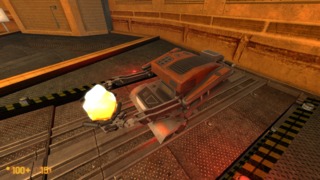
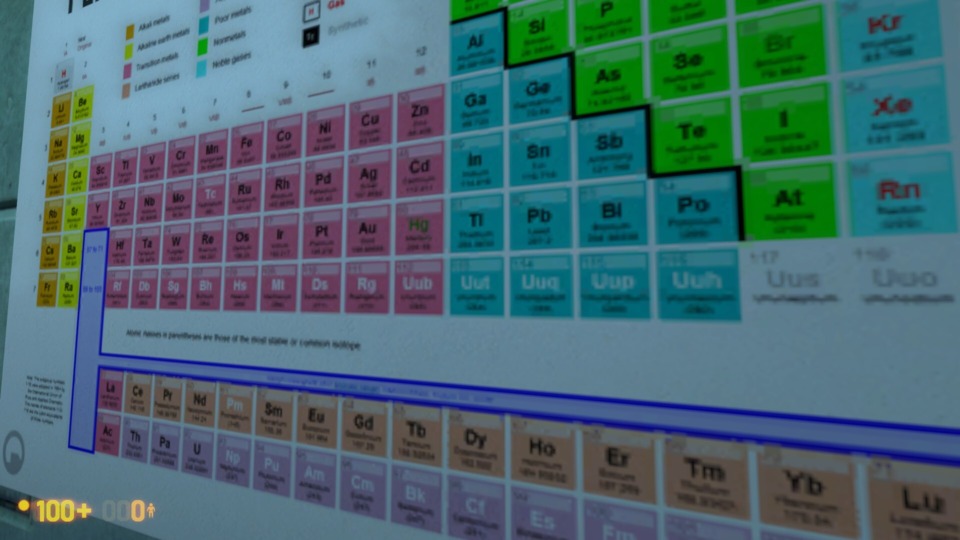
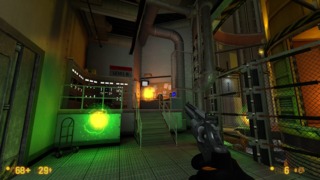
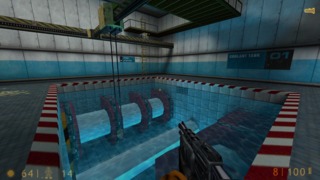


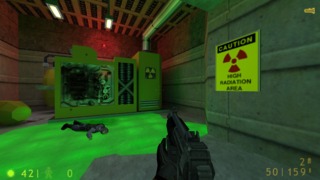
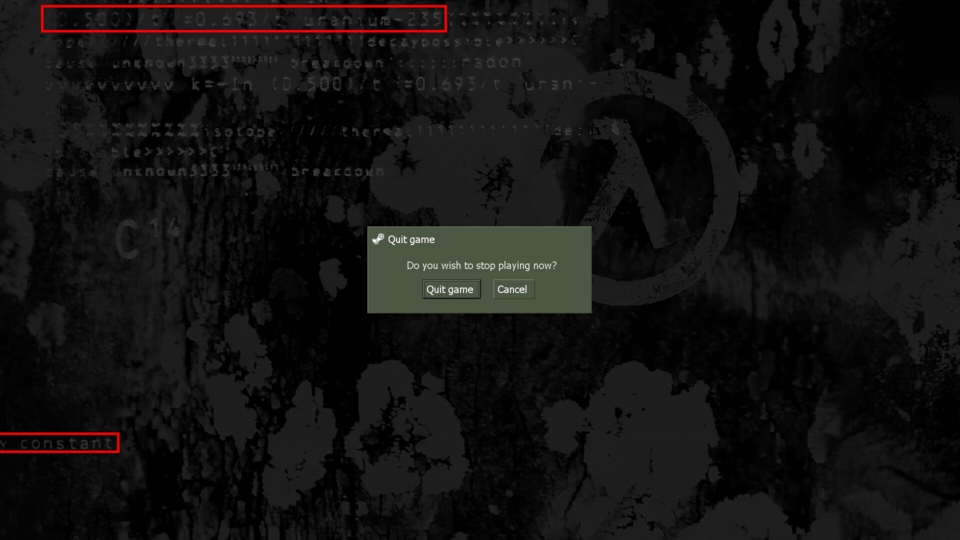
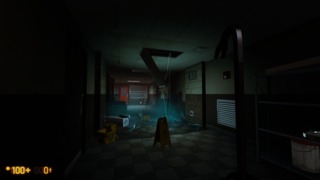
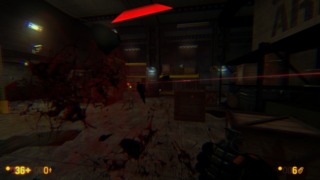
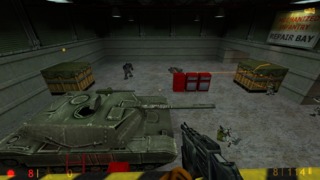
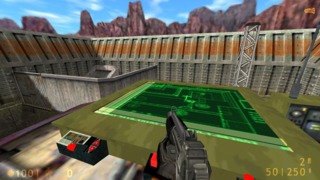
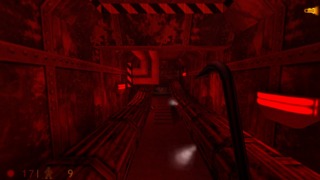
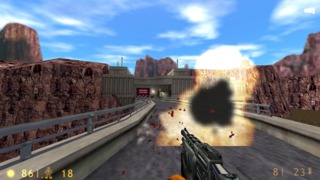
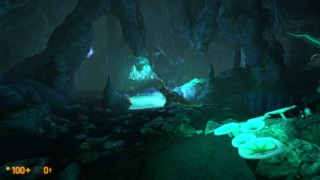
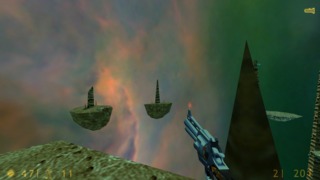
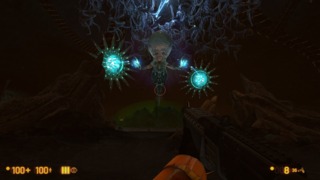
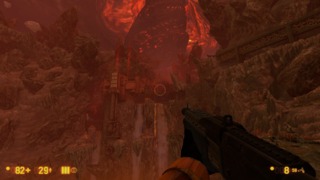
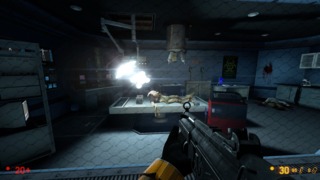
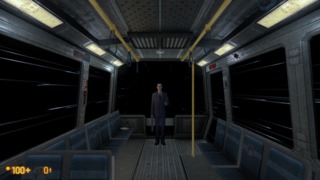


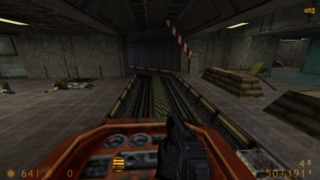
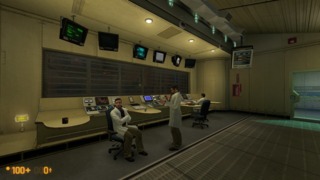
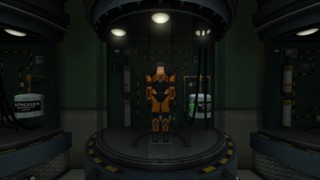
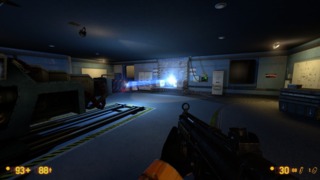
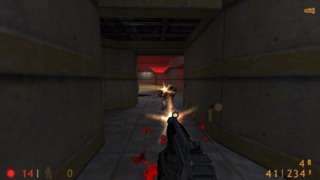
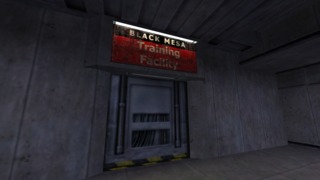
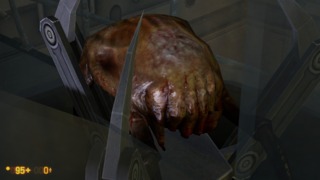
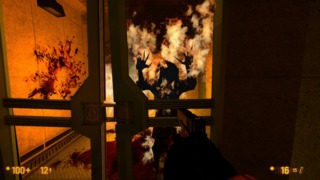
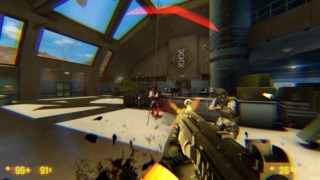
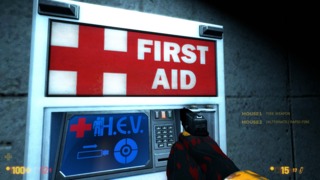


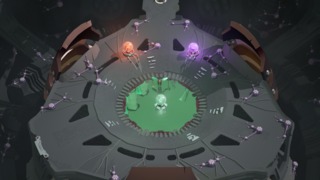

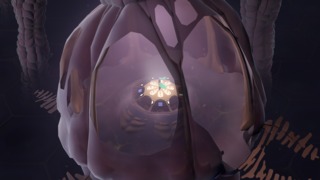

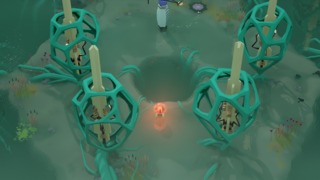
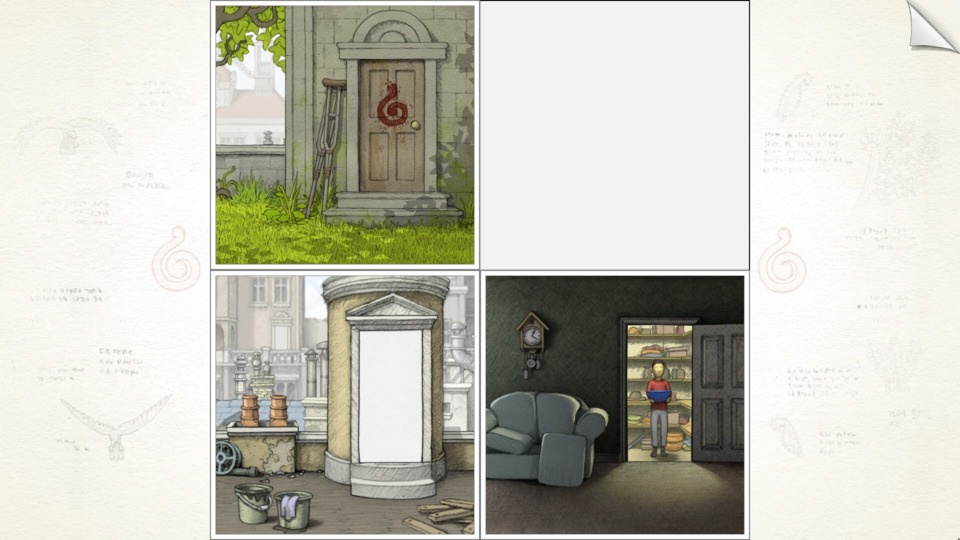
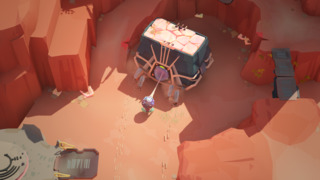
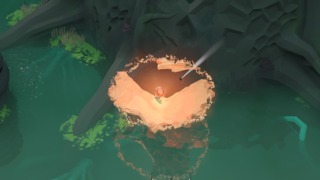
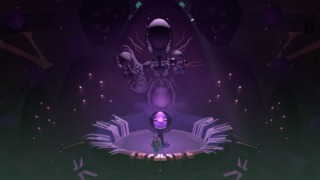
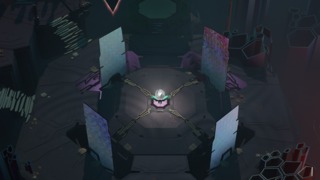
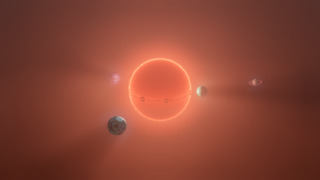

Log in to comment